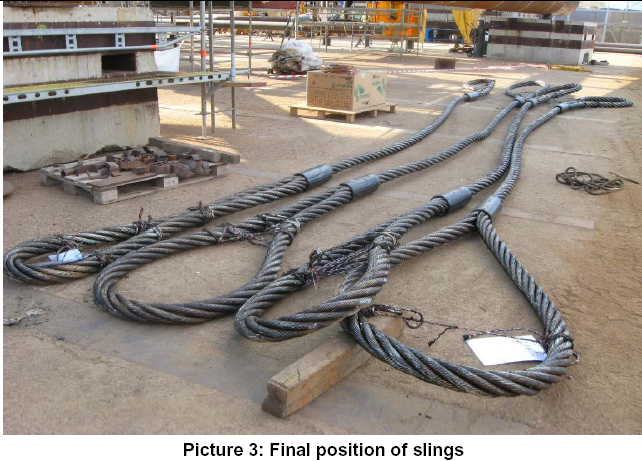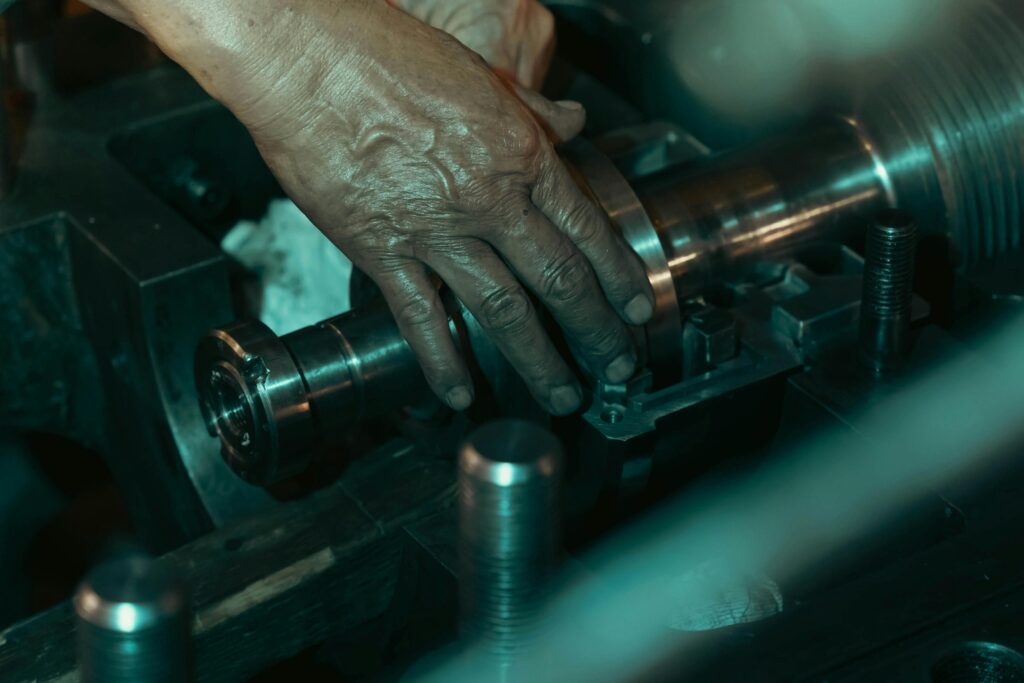
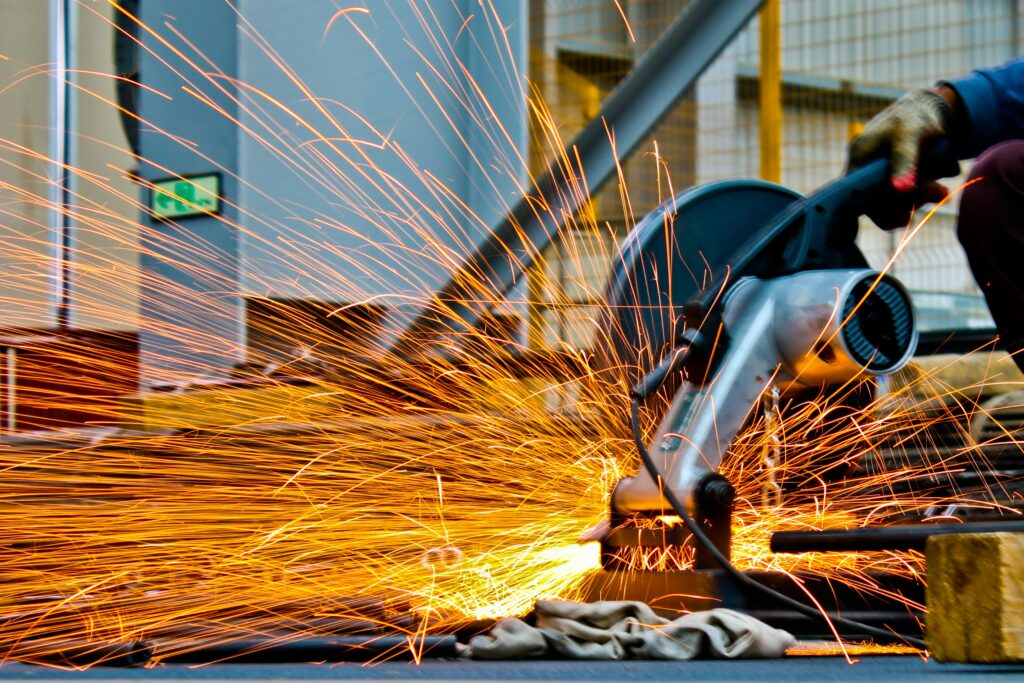
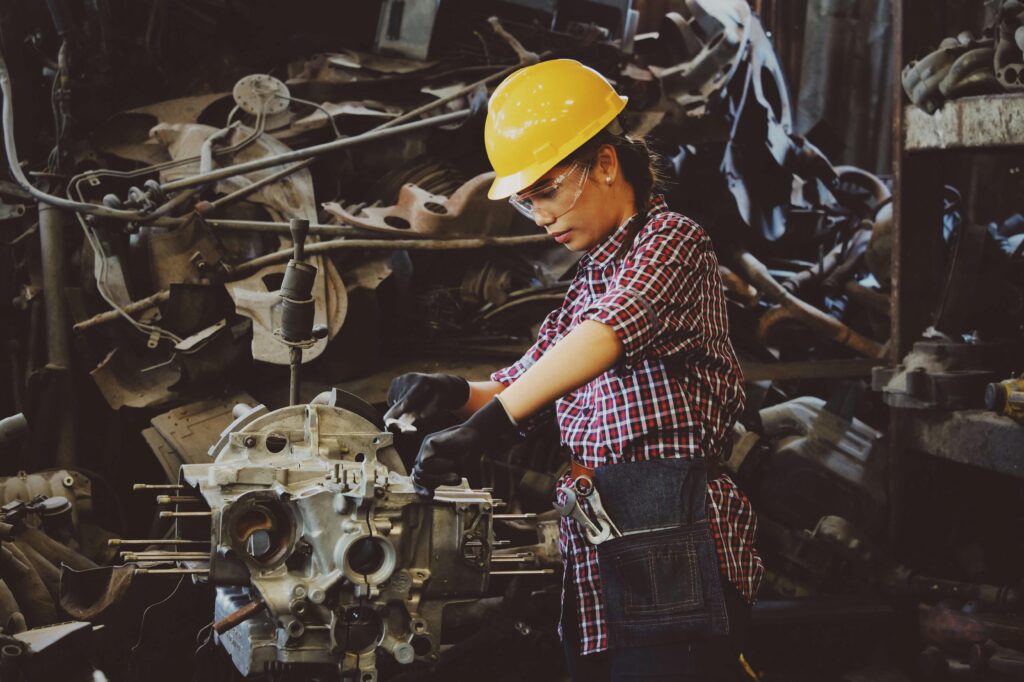
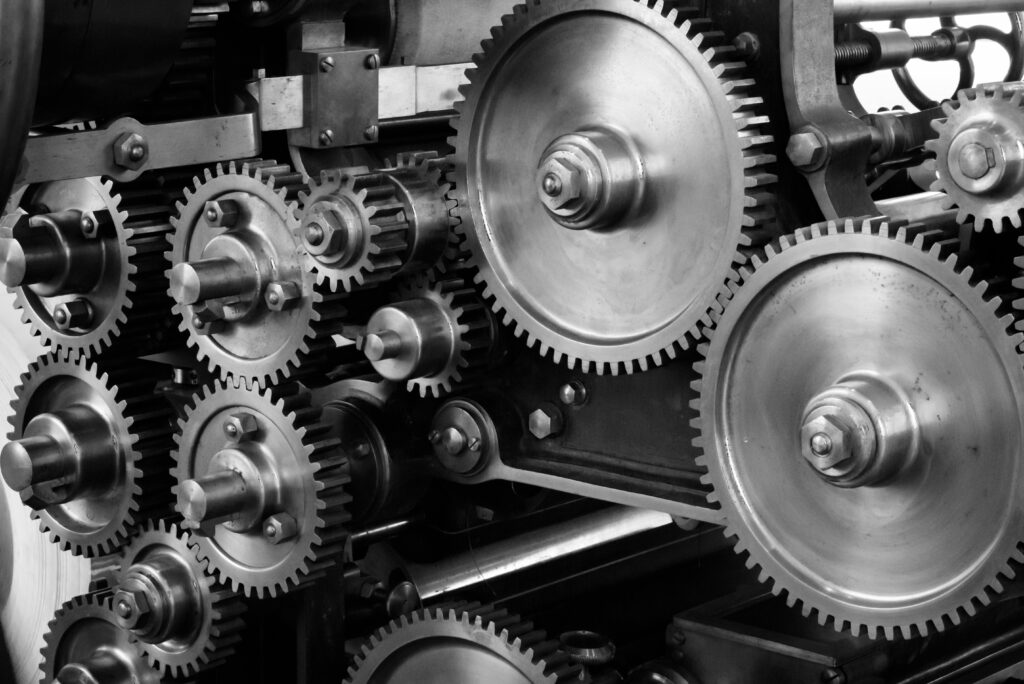
MACHINE GUARDING
Any means of effectively preventing personnel from coming in contact with the moving parts of machinery or equipment which can cause physical harm to the personnel.
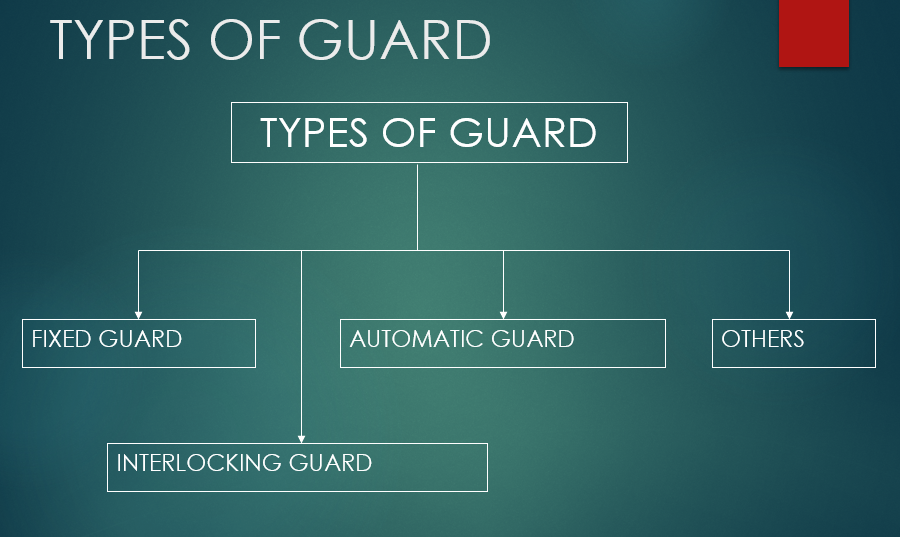
SELECTION OF GUARDS
Criteria for selection of guards:
– Type of application
– Material being processed
– Operating requirements
– Maintenance requirement
SAFETY PRECAUTIONS
- While installing machine and its guard, ensure that there is sufficient space available for maintenance and repair and for incoming and out coming movement of man and materials.
2. Guard should not weaken the structure of machine.
3. Guard should be considered as permanent part of machine.
4. Guard should be durable, resistant to fire and corrosion and easily repaired.
5. It should be convenient; it must not interfere with the efficient operation of machine nor cause discomfort/obstruction to the operator.
6. Guards should be constructed strong enough to resist normal wear, shock and vibrations and to withstand long use with minimum maintenance.
7. Guard itself should not pose hazards such as splinters, pinch points, shear points, rough/sharp edges and corners and may create other source of injury.
8. When the guard is prepared for specific job and specific machine, while designing, provision for lubrication, oiling, repairing, inspection and adjustment of machine parts should be considered.
9. Whenever guards or safety devices are removed to carry out repairs, adjustment or services the machinery / equipment such as the lubrication, adjustment and maintenance, the power for the machinery / equipment should be isolated with switches locked and tagged.
10. Guard should be such that it prevents access to the danger zone or point of operation.
MAINTENANCE & REPAIR
“Zero Mechanical State”
Maximum protection against unexpected mechanical movement of the machine when the machine is made for maintenance.
All mechanical/electrical energies are in isolated state.
LOCK OUT/TAG OUT:
To avoid unexpected starting of machine during repair work.
Lock out means making the machine inoperative by isolations & set it electrically/mechanically locked.
Tag out means to tie a tag at isolations of a machine serving the information that the machine is not to be started as it is under repair.
STATUTORY REQUIREMENTS
It is also a statutory requirement to safe guard the moving and protruding parts of machinery. As per the Section 21 of the Factories Act,
- Every moving part of a prime mover and every fly wheel connected to prime mover.
- The headrace and tailrace of every water wheel in engine turbine,
- Any part of stock-bat which projected beyond the head stock of lathe and
- Unless they are in such position or of construction as to be safe to every persons employed in the factory as they would be if they were securely fenced, the following namely
a. every part of an electric generator, a motor or rotary converter
b. every part of transmission machinery and
c. every dangerous part of any other machinery,
shall be securely fenced by safe guards of substantial construction which shall be constantly maintained and kept in position and the parts of machinery in motion or in use.
